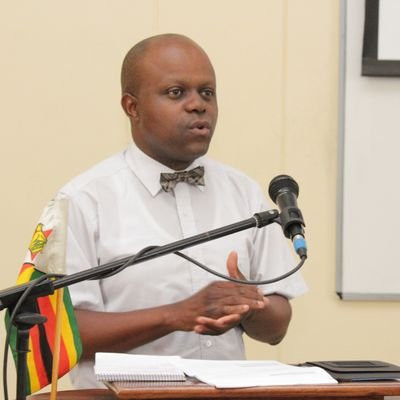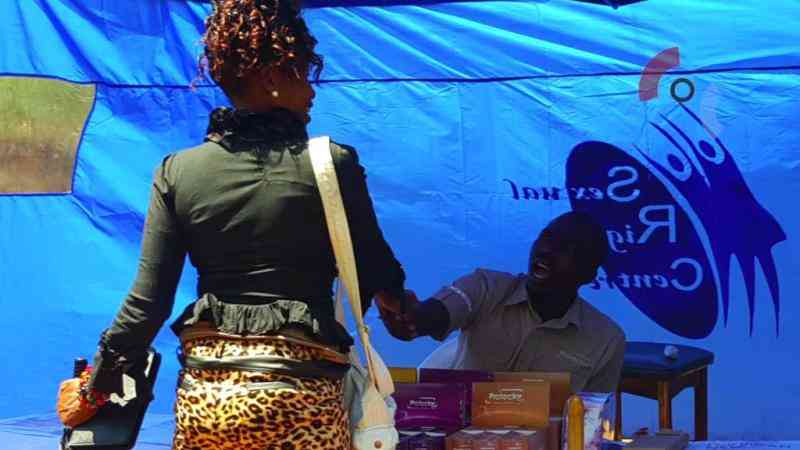
GOVERNMENT may be forced to seek recourse through monetary financing or domestic borrowing given the huge pressures on the expenditure side and the limited fiscal space, a prominent economist has warned.
The country has been battling steep exchange rates as the discrepancy between demand and supply of foreign currency is expected to maintain pressure on the exchange rate.
The main drivers of inflation in Zimbabwe have been money supply growth, the parallel market premium as well as energy and fuel price developments.
Economist Prosper Chitambara told a Zimbabwe Association of Funeral Assurers (Zafa) conference in Bulawayo last week that maintaining price stability is critical and will depend largely on the ability to control money supply growth.
“Given the huge demands and pressures on the expenditure side and the limited fiscal space, there is a possibility that the government may be forced to seek recourse to monetary financing or even domestic borrowing. The continued discrepancies between demand and supply of foreign currency will continue to put pressure on the exchange rate (premium),” he said.
Chitambara pointed out that the aggregate demand for foreign exchange in the economy per month averages about US$550-750 million but the foreign currency auction market introduced by the Reserve Bank of Zimbabwe in 2020, only allotted about US$91 million in August 2022, US$94 million in July 2022, US$100 million in June 2022, US$113 million in May 2022, US$126 million in April 2022, US$184,1 million in March 2022, US$149 million in February 2022 and US$69,7 million in January 2022.
This, he said, showed that the auction market fell far short of market requirements.
Chitambara said there was also a risk that the political environment would become unstable and more toxic especially as the country approaches the 2023 general elections.
- Revisiting Majaivana’s last show… ‘We made huge losses’
- Edutainment mix: The nexus of music and cultural identity
- ChiTown acting mayor blocks election
- Promoter Mdu 3D defends foreigners 30 minute set
Keep Reading
He said government inflation projections were in stark contrast to what was prevailing on the ground.
“The country is once again sinking into an economic crisis with the annual average inflation averaging 144% in 2021 against an NDS1 target of 134,8% at a time when government is expecting annual average inflation of 23,7% in 2022 (NDS1 target),” he said
“This is highly ambitious. The IMF is projecting annual inflation to average 86,7% in 2022. Zimbabwe’s economic growth for the year 2022 is officially projected at 4,6% down from the estimated 7,8% in 2021, the 2022 official projection is above the International Monetary Fund (IMF) projection of 3,5% and the World Bank projection of 3,7%,” Chitambara said.
“The agricultural sector is projected to decline by -5,0% in 2022 from an estimated 33,6% in 2022. The manufacturing sector is projected to slow down to 3,6% in 2022 from an estimated 5,5% in 2021. Mining is expected to grow by 9,5% in 2022 from 5,5%. Financial and insurance activities sector is projected to grow by 5,2% in 2022 up from an estimated 2,2% in 2021. However, economic growth in the country over the past years has neither been strongly employment-intensive nor poverty-reducing.”
Annual inflation rate rose from 56,37% in June last year to 285,02% in August this year.
Chitambara said the official inflation numbers were not fully capturing price developments in the economy owing to the high levels of informality.
“Across the world, inflation has been on the rise on account of rising commodity prices and supply-demand imbalances. Many central banks, such as the Federal Reserve and the European Central Bank (ECB) have been tightening monetary policy. The chronic high inflationary environment continues to erode real incomes. The proportion of the working poor has increased markedly with average salaries lagging behind the poverty datum line. The average minimum wage in Zimbabwe as at July 2022 is about $84 000 per month (US$202 at the official rate and US$112 using the average black-market rate).”
He added that the country was facing a currency crisis which has spawned chronic high inflation which has been on an upward trend since January 2022.
- Follow us on Twitter @NewsDayZimbabwe










